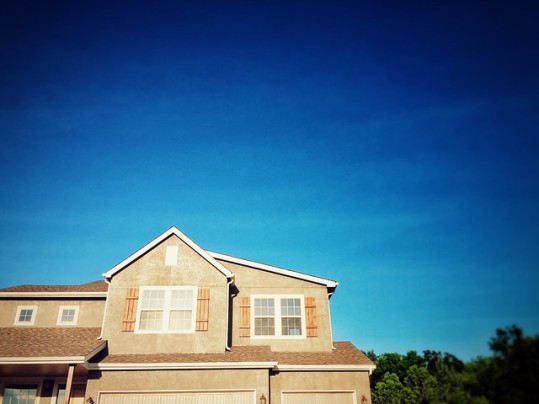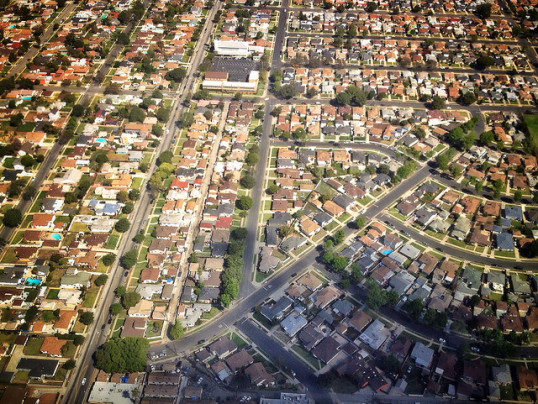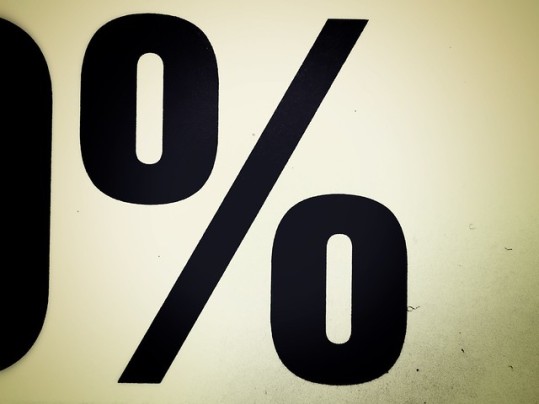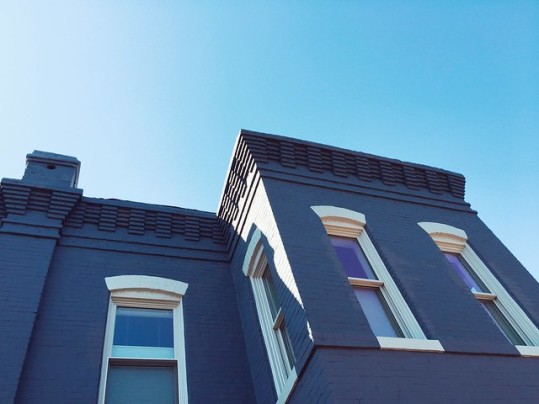According to the Mortgage Bankers Association’s Weekly Applications Survey, demand for mortgage purchase applications rose 12 percent last week from the week before. The increase is a sign that home buyers may be returning to the market, following a steep drop in demand due to the coronavirus. Joel Kan, MBA’s associate vice president of economic and industry forecasting, says it could be the start of a turnaround. “The news in this week’s release is that purchase applications, still recovering from a five-year low, increased 12 percent last week to the strongest level in almost a month,” Kan said. “The ten largest states had increases in purchase activity, which is potentially a sign of the start of an upturn in the pandemic-delayed spring home buying season, as coronavirus lockdown restrictions slowly ease in various markets.” But while the increase is welcome news, demand for purchase loans remains 20 percent lower than last year at the same time. Also in the report, average mortgage rates were mostly down from the week before, with only FHA-backed loans seeing an increase from the previous week. The MBA’s weekly survey has been conducted since 1990 and covers 75 percent of all retail residential mortgage applications. (source)
Archive for April 2020
Competition Returns As Buyer Demand Rises
There is growing evidence that home buyer demand is beginning to bounce back. After plunging in March, as coronavirus-related stay-at-home orders were put in place, buyers are coming back to the market and expressing interest in available homes for sale. But they may have some surprises in store. That’s because, while the coronavirus has shocked the economy and disrupted the beginning of the spring sales season, it hasn’t led to a decline in home prices. In fact, it’s caused the already low inventory of homes for sale to fall further, which means there’s a chance active buyers could find themselves in competition for the homes that are available. And since competition drives prices higher, as qualified buyers compete to outbid each other, there’s no expectation that prices will fall significantly any time soon. In other words, while housing market activity has slowed, the downturn has only amplified the market’s existing challenges. That means, there are still more prospective buyers than available homes for sale, which may result in competition for good homes. (source)
Sales Slowdown Hits New Home Market
According to new numbers from the U.S. Census Bureau and the Department of Housing and Urban Development, sales of newly built, single-family homes fell in March. The 15.4 percent decline was the biggest month-over-month drop in six and a half years. But while significant, it wasn’t unexpected. Stay-at-home orders put in place to help slow the coronavirus’ spread affected sales activity for both existing and new homes. After the drop, new home sales are now 9.5 percent lower than they were last year at the same time. Also in the report, the median sales price of new homes sold in March was $321,400. The average sales price was $375,300. Regionally, sales suffered the biggest declines in the Northeast and West. The Midwest saw sales fall 8.1 percent, while the South was relatively flat. At the end of the month, there were 333,000 new homes available for sale. At the current sales pace, that represents a 6.4-month supply. (source)
Outlook Sees Stable Prices, Low Rates Ahead
According to Freddie Mac’s newest quarterly forecast, most of the economic damage from the coronavirus will be felt in the first half of the year. This is in line with other recent economic outlooks. But while Freddie Mac’s Economic & Housing Research Group sees a recovery beginning during the third quarter of this year, they expect the economy to take a while to get fully back on its feet. So what should we expect from home prices and mortgage rates in the meantime? Well, surprisingly, not that much. For starters, the group doesn’t expect much movement from home prices. This is partly due to both the inventory shortage that had already been pushing prices higher and the pent-up demand for homes led by growing numbers of first-time buyers. These factors will help keep prices relatively flat, before they ultimately return to their long-term trend. Similarly, mortgage rates should stay low for the next two years, according to the forecast. “Reduced economic growth will keep inflation in check,” the release says. “Long-term interest rates, including mortgage rates, remain lower over the next two years.” (source)
Online Traffic Trends Show Buyers Are Interested
It isn’t surprising that housing market activity fell in March. Coronavirus mitigation efforts were just beginning mid-month and the normal home buying process quickly became more complicated as shelter-in-place orders went into effect. Since then, however, there have been signs that buyers are still interested and willing to adapt to a new way of doing things. For example, one online real estate database reports that views of for-sale listings have rebounded in April and are now even higher than they were last year at this time. That’s after falling almost 20 percent in March. This is encouraging news. It may also be an indication that Americans who were interested in buying a home this spring haven’t abandoned their plans. Of course, location matters and activity is higher in some areas than others. In cities like Los Angeles, Houston, Dallas, and Atlanta views of online listings increased more than in other metros. However, nationally they’re up 13 percent from last year, which suggests demand is increasing or, at least, stabilizing in much of the country. (source)
Mortgage Rates Remain At All-Time Lows
According to the Mortgage Bankers Association’s Weekly Applications Survey, average mortgage rates remained at all-time survey lows last week, with rates virtually unchanged for 30-year fixed-rate mortgages with both conforming and jumbo balances, loans backed by the Federal Housing Administration, and 15-year fixed-rate loans. The MBA’s survey has been conducted since 1990 and covers 75 percent of all retail residential mortgage applications. But despite historically low mortgage rates, demand continues to be disrupted by coronavirus mitigation efforts. Joel Kan, MBA’s associate vice president of economic and industry forecasting, says some buyers and sellers have taken a wait-and-see approach. “The pandemic-related economic stoppage has caused some buyers and sellers to delay their decisions until there are signs of a turnaround,” Kan said. “This has resulted in reduced buyer traffic, less inventory, and March existing-home sales falling to their slowest annual pace in nearly a year.” Still, the refinance index remains 225 percent higher than last year at the same time and, while demand for loans to buy homes has fallen from last year, it did increase 2 percent last week from the previous week. (source)
Sales Slow In March But Prices Remain Solid
New numbers from the National Association of Realtors show sales of previously owned homes down 8.5 percent in March from the month before. The slowdown was expected, due to the impact of coronavirus mitigation efforts. However, despite the decline, sales remain 0.8 percent higher than at the same time last year. Additionally, home prices continued to increase, with the median price for all housing types at $280,600. Vince Malta, NAR’s president, says real estate should help lead the way as the economy begins to recover. “We have seen an increase in virtual home tours, e-signings, and other innovative and secure methods that comply with social distancing directives,” Malta said. “I am confident that Realtors and brokerages will adapt, evolve and fight, ensuring the real estate industry will be at the forefront of our nation’s upcoming economic recovery.” As evidence of that, the report shows that 93 percent of home sellers adapted their behavior to help move the home buying process forward while complying with social distancing and other precautions. (source)







